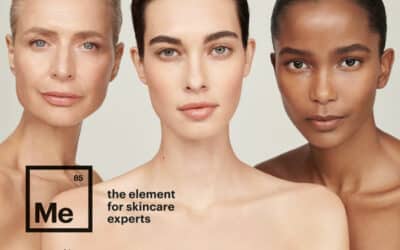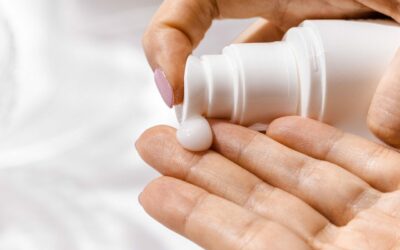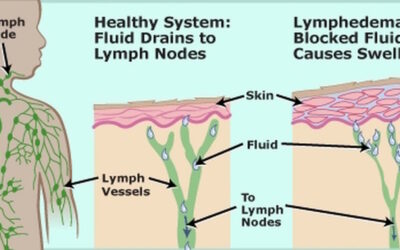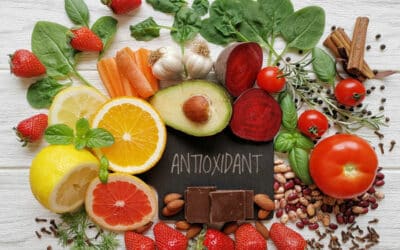Brown Skin Spots On The Face And The Sun
We all desire a clear and consistent skin tone. However, lingering hyperpigmentation is a constant barrier to achieving this. It impacts every skin type at every stage of our lives, especially when sun exposure, heat and prolonged UV damage are factors. The pleasing news is that with the proper homecare regime and in-clinic treatments, the brown spots can be reduced or removed completely. This will be a consistent programme including prevention and treatment.
Hyperpigmentation refers to areas of the skin with an abnormal appearance of pigment, resulting in darker areas of the skin compared to the rest of the complexion. There are 3 main types of hyperpigmentation: epidermal (surface is light brown and not quite as dense), dermal (skin is ashen-gray and a deep brown and appears more solid), and then a mixture (both of the above levels and is usually dark brown).
There are many triggers creating pigmentation (dyschromias) changes, as well as varying depths of damage to the skin. These types of changes in the skin may occur when melanocytes (colour-producing cells) are either over-stimulated resulting in hyperpigmentation, or they may be destroyed, resulting in hypopigmentation. The colour changes may also be an uneven pigmentation from procedures, picking or scratching. Melasma is denoted by more dense larger patches and is normally created with hormonal imbalance with estrogen and progesterone. Other causes may include birth control pills, HRT, PIH (post-inflammatory hyperpigmentation), long-term sun exposure, razor bumps, heat, humidity, severe sunburn, eczema, chemical irritations, rashes, abrasive scrubs, medications, chicken pox, insect bites, surgical procedures, thyroid and adrenal disorders.
One thing to keep in mind with most types of hyperpigmentation is our melanocytes are there for a reason, which is to protect the cell initially. We need this in order to help fight against the impact of the UV rays. After this protection process has taken place, the skin is now left with underlying damage which is seen in the form of pigmentation.
The 2 main factors stimulating hyperpigmentation are UV exposure and heat. Wearing an SPF of 30+ each day will assist with this protection. The best sunscreens for hyperpigmentation are typically all-mineral formulas. Chemical SPFs neutralize the UVA and UVB rays, while the mineral SPFs, create a barrier on top of the skin, blocking these factors and protecting it from infrared damage. A huge reminder, even when you wear your hat, sun protection and sunglasses and your face is covered, tanning on other parts of your body can still stimulate the melanocytes.
Hydroquinone is a well-known ingredient to treat hyperpigmentation. It is banned in many countries as it has been linked to possibly being carcinogenic. Our skin is very smart and may develop a resistance, or immunity to it, resulting in a very dark hyperpigmentation, which usually takes longer to reduce.
Other proven ingredients for use in both homecare and clinical treatments include the enzyme papain (from the papaya), and bakuchiol (a retinol alternative supporting the skin’s cellular renewal. When applied topically it encourages sloughing of overly pigmented cells, leaving skin looking renewed and more even), mandelic acid (a water-soluble exfoliating alpha hydroxy acid made from bitter almonds and is generally tolerated well by most skin types with its larger molecular size and therefore slowing the absorption resulting in less irritation to the skin), tranexamic acid (will even out hyperpigmentation when melanin density is connected to sun damage. It is also safe to use through pregnancy), pyruvic acid ( derived from the hibiscus and is both oil and water soluble and has the capacity to brighten the faster by encouraging the rapid cell regeneration), and niacinamide (a vitamin B3 product impedes the production of melanin as it is happening).
Some of the in-clinic treatments available include IPL, Fractional laser, Tixel, Q Switch Yag and herbal and chemical peels.
Protect the skin you are in, it is yours for a lifetime. Regardless of hyperpigmentation’s cause and its associated uneven tone and dark spots, it is essential in Australia to treat and prevent it on a regular basis. It is not a seasonal call to action, but instead a year-round commitment.
Age Spots, Sun Spots, and Liver Spots
Sun spots, known as solar lentigines, liver spots, or age spots, are common dark brown facial marks caused by sun exposure. These are mostly benign but can develop into melanoma, necessitating vigilant monitoring.
Treatment and Prevention of Age Spots Preventing further sun spots is essential, achievable through rigorous sun protection. Treatments vary from over-the-counter creams to professional procedures like chemical peels and cryotherapy, which target melanin-producing cells efficiently.
Seborrheic Keratosis Typically manifesting as dark, rough, raised bumps, seborrheic keratosis becomes more prevalent with age. While treatment is often unnecessary, options like cryotherapy can enhance appearance.
Moles Moles may vary widely and are often checked for signs of skin cancer. Regular dermatological checks are critical.
Postinflammatory Hyperpigmentation This condition stems from skin inflammation and can lead to increased pigment production. Options like laser therapy and chemical peels are beneficial for managing this hyperpigmentation.
Melanoma Early detection of melanoma involves recognising irregularities in moles or spots, guided by the ABCDE rule: Asymmetry, Border irregularity, Colour variation, Diameter over 6mm, and Evolving characteristics. Regular skin checks and consultations are recommended for effective management.








0 Comments